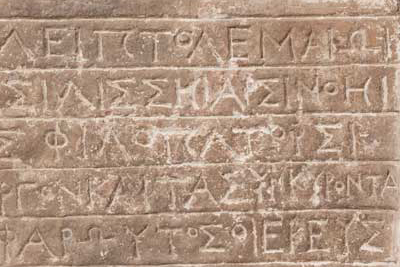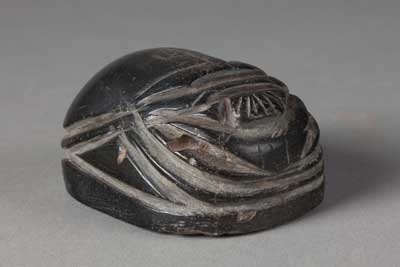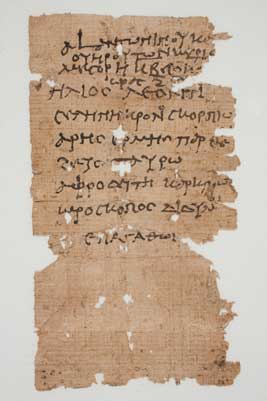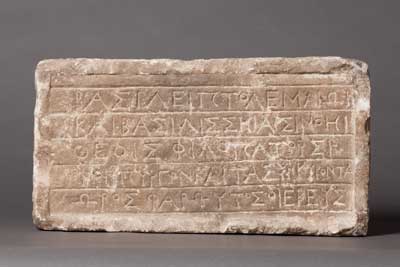Hieroglyphic text is written in columns, or in horizontal lines running left-to-right or right-to-left. When used in tombs or temples, hieroglyphs are normally oriented towards a central point, or towards an important figure in the scene, such as the pharaoh. Hieroglyphic characters consist of two types: symbols that stand for words or ideas, called logograms or ideograms; and phonetic signs, called phonograms or pictograms, which each represent a particular consonant sound.
Many hieroglyphs are recognizable objects, for example a crocodile or a dog, but these often represent a sound rather than the object itself. So, for example, the "amun" portion of Tutankhamun's name is represented by three phonograms: a reed (i), a game board and pieces (mn), and a wavy line for water (n) to reinforce the "n" sound. These three signs are imn, were pronounced imen or amon or amun.





